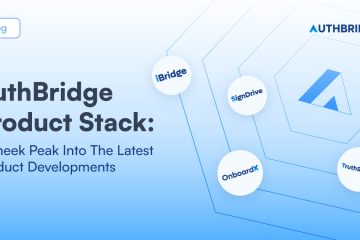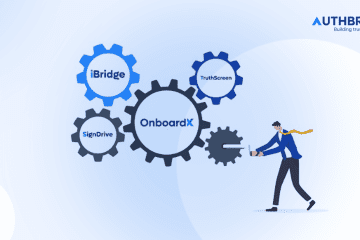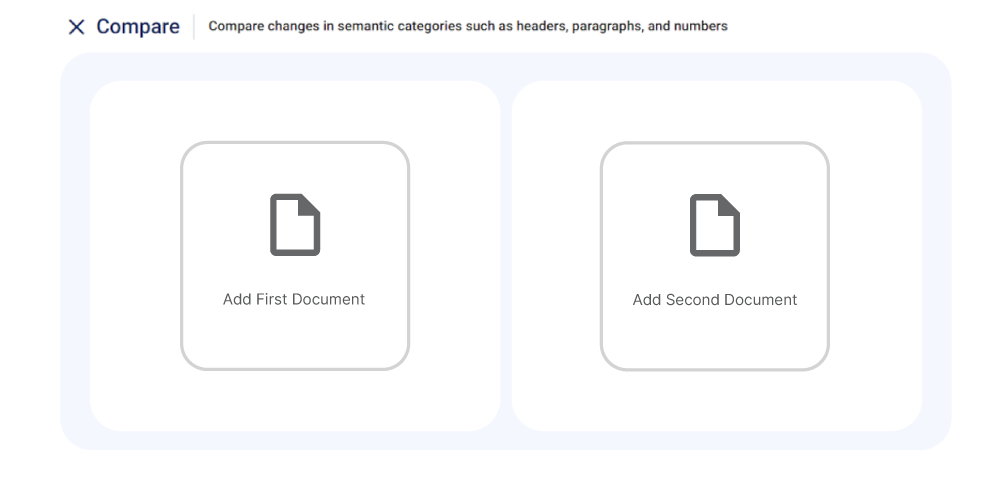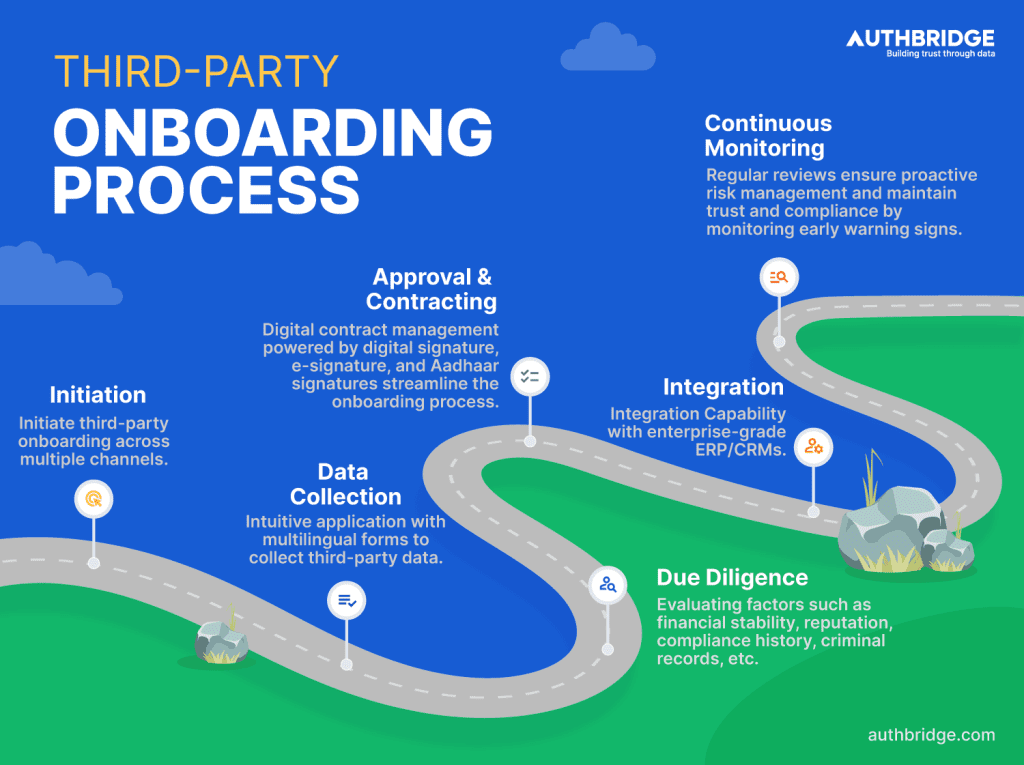Dive into the world of authentication innovation with AuthBridge in our April edition, where we showcase our latest product advancements.
In this blog post, we invite you to explore our authentication product suite’s latest updates and improvements. This month, we focused on optimising efficiency, streamlining processes, and enhancing user-centric experiences. Each innovation is crafted with precision to set new benchmarks in the industry and equip our clients for triumph.
- Effortless Candidate Onboarding with Digilocker Integration: Say goodbye to manual document uploads! Our iBridge platform now seamlessly integrates with Digilocker, allowing candidates to effortlessly fetch education documents from over 1000 institutions in a simple 3-step process. This translates to faster turnaround times (TAT) for you and a smoother onboarding journey for your candidates.
- Client Management Made Easy: Multitasking just got simpler! Our Client UI 2.0 now allows Master clients to effortlessly switch between entities and view dashboards with a single login. Additionally, you can create secure, separate admin access for vendors to view, initiate, and track cases on the platform. Making the process seamless and effortless.
- Enhanced Document Verification: Our new upgrade has made documenting much easier. Our platform can verify whether the uploaded document is correct, eliminating the need for manual supervision.
- Signer Choice for Signing Methods: When using SignDrive, signers have the flexibility to choose their preferred signing method before signing a document. This means they can select from different options, such as using their Aadhar (unique identification) details, signing with a digital signature certificate (DSC), or opting for a contract-only signing method based on their specific requirements. SignDrive offers signers the ultimate convenience.
- Streamlined Document Delegation and Rejection: SignDrive allows users to delegate the signing of a document to others, ensuring the documents reach the right person for approval. This feature is particularly useful in Banking, Financial Services, and Insurance (BFSI) scenarios where documents often require specific authorisations.
- Prepaid Signing Models for Cost Control: Introducing prepaid models for clients! Our Electronic Payment and Collection (EPAC) model combines signers and documents, potentially offering bundled pricing structures where the signing cost includes document processing or handling fees. Additionally, you can opt for a pay-per-signature model based on Aadhar verification, providing greater cost control.
- Effortless PAN Online Verification: Now, you can easily check the “match” and “unmatch” status of PAN numbers provided by the candidates against the date of birth and name. You can also easily verify parameters like name, date of birth, PAN status, and Aadhar seeding status.
- Pincode Geofencing: Experience enhanced address verification with our latest upgrade: Pincode Geofencing. Now, clients can effortlessly obtain real-time status updates on essential address verification details by simply entering the candidate’s pin code. Our solution provides comprehensive insights including district, post office, state, and subdistrict, ensuring a more efficient and reliable address verification process for you.
- Latitude and Longitude Geofencing: In addition to the pincode geofencing feature, this new upgrade is going to strengthen the address verification for our clients further. Clients can get real-time status on the key aspects such as center code, district, pincode, population group, post office, revenue Center, state, subdistrict, and tier.
- In-House OCRs LIVE: Experience seamless efficiency with our In-House OCRs. Our tailored in-house OCR solutions empower you to swiftly and precisely extract crucial details from various documents, including experience/relieving letters, school mark sheets, appointment letters, offer letters, and resume parsers. By automating this extraction process, we ensure you save valuable time and resources. Moreover, our solution guarantees utmost accuracy and reliability, streamlining your verification processes effortlessly.
- Enhanced Dashboard with Expanded Features: Our upgraded dashboard empowers clients with comprehensive visibility into the onboarding progress of each vendor or candidate across multiple touchpoints. Now, clients can have a centralised view of critical action points such as case status, pending submissions, and document verification status. Moreover, detailed logs are readily available for download, ensuring seamless updates on progress. This enhancement accelerates turnaround times by simplifying processes, reducing steps, and swiftly identifying obstacles.
- Ageing Analysis: Clients now have the capability to analyse data and cases based on time status details. In addition to this, clients can now also track month-on-month statistics for case and form completion, as well as case approvals, to gain invaluable insights into case progression and delayed stages.
- Customised Filters: Our latest technological advancement empowers clients to tailor filters to their data requirements. Whether it’s sorting data by approval status, location, case status, or package type, now clients will get unparalleled flexibility with this new upgrade. Additionally, for instances where custom data collection is required, clients can now add supplementary filters to meet unique needs.
- Access Management: Now, depending on the client role and need, you will get the custom dashboard, which will have selective parameters based on the role and access so that there is no hassle of segregating and filtering out the information and concerns surrounding data privacy.
These updates represent a significant leap forward in the AuthBridge product suite. We’re committed to continuous innovation, and these features are just the beginning. By leveraging cutting-edge technology and a focus on user experience, we aim to empower our clients to not only excel today, but also thrive in the ever-evolving landscape of authentication and verification.
Stay tuned for even more exciting advancements as we continue to push the boundaries of what’s possible. Partner with AuthBridge and unlock a future of streamlined workflows, enhanced security, and exceptional user experiences.

















